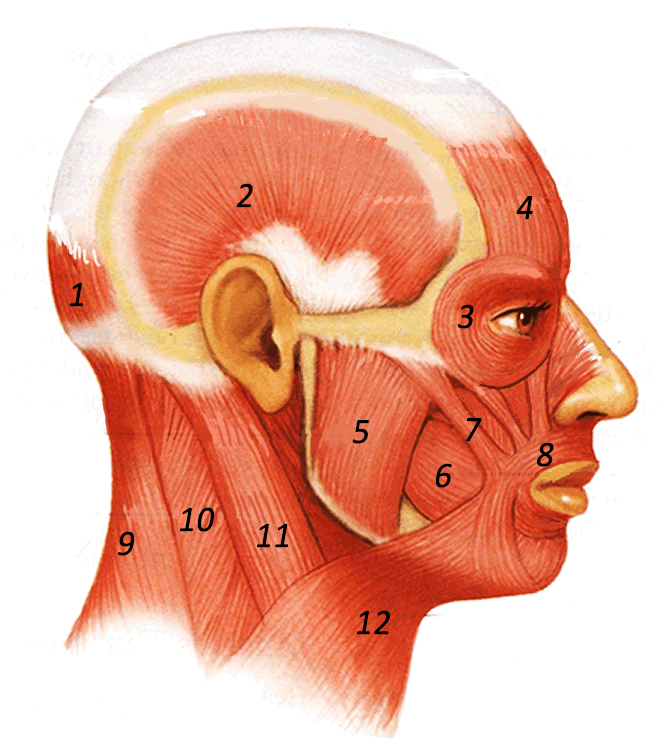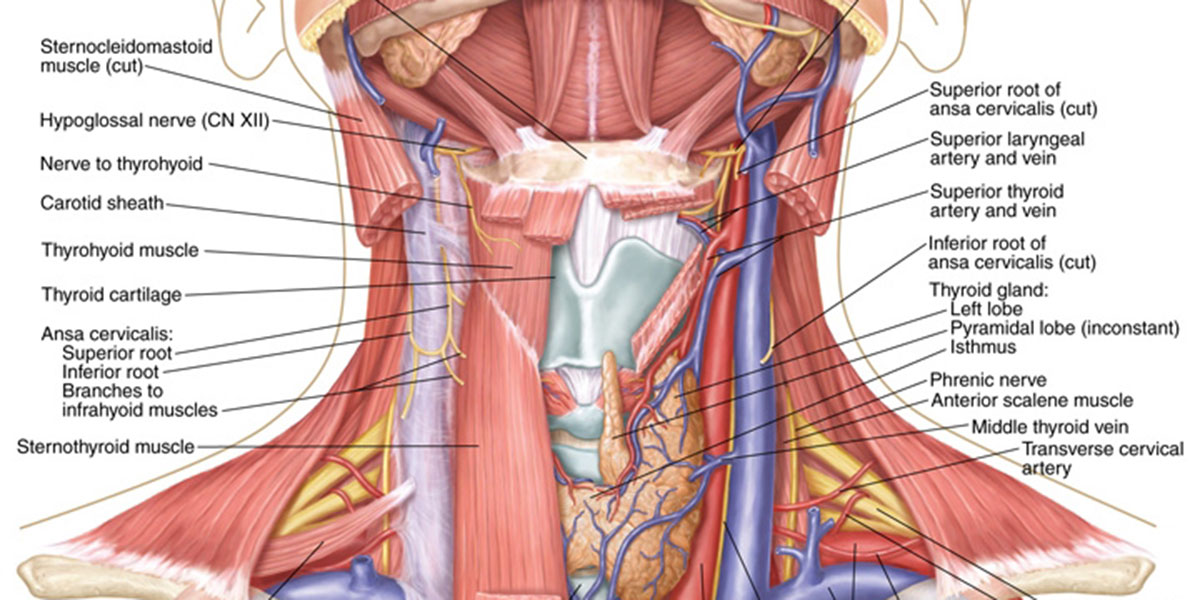

If you don’t have any templates to begin creating diagrams for yourself, (it just so happens) we have put together an entire FREE templates pack that is available for you.

So, if you’re not already utilising diagrams as a basic tool, there are a few points to consider. Sometimes it may be hard to discern on playback the exact shapes and positions we were playing, particularly if we listen back to an idea weeks or even months later! Additionally, these types of diagrams also give us a quick and easy way to be able to translate our ideas to other guitar players in a way that is straight forward and universally makes sense. Lastly, using fretboard templates is a helpful way to record and write down new shapes and voicing’s as we are experimenting with new progressions and song ideas. Attempting to visualise this all at once is very difficult, especially when we are playing, but this task is much easier using visual aids like neck diagrams.

Being able to understand the notes and intervals that make up our chords and scales (and how they interact with each other) is an important part of this process. Learning shapes isn’t an end within itself but it is simply a tool to help us in our creativity. Obviously, the end goal is to actually be musical with what we’re doing. Secondly, using diagrams to breakdown the chords and scales we already know can be a very helpful way to really understand what it is that we are playing. If you are a teacher you will already know how helpful these types of diagrams can be as worksheets for students, whether it be for simply communicating and memorising new ideas visually or even just initially being able to breakdown how the musical alphabet is laid out across each of the separate strings. Using diagrams can be an extremely helpful way to memorise notes and new shapes such as chords, scales, intervals and arpeggios. Obviously, you can use fretboard templates in any way that makes sense to you, but generally the 3 main ways we would usually make use of neck diagrams are as follows: Using and creating fretboard diagrams can be helpful to us as guitar players regardless of whatever skill level we might be at. This is precisely why fretboard diagrams are an essential visualisation tool for many guitar players in dealing with all of this geometric information. We can also start beginning to see the way all of these different shapes overlap and interconnect with each other. We find that we are faced with the limitations of the shapes that our fingers are actually capable of making. As we learn, we begin engaging with all sorts of different shape combinations that notes make by the nature of the way they are stacked upon each other.
#Neck diagrams how to
This is where the idea of ‘shapes’ becomes quite an important theme in learning how to play the guitar. Where as the piano has the notes laid out in order of the musical alphabet on the keys right in front of you, the guitar neck could almost be seen as 6 individual short keyboards stacked on top of each other, just starting from different places at the open position. You won't have to draw the strings in and you are pretty much ready to have a template to start drawing your scales, or chords in.Obviously, just by looking at the guitar we can see that fretted instruments are unique in the way that they are built around a ‘fretboard‘ as the way of communicating musical ideas.
#Neck diagrams update
UPDATE (Append): If you have a decent digital camera, take a picture of your own fretboard, transfer to your computer and use what ever picture editor you have to crop and enhance.
#Neck diagrams download
You can easily download these images by right clicking and select "save as". Here is an example as used with Microsoft Office Picture Manager and Paint. Then add markers for your scales or chords and save by scale name, such as E minor Pentatonic. Once there, you can copy the element several times to fill the page. Under Paint, you can pull the image in from 'paste from' and then add the strings if these are missing in the photo. Download the image, then edited to tweak the brightness and contrast, crop as needed as offered under Microsoft Office Picture Manager. However, the fastest thing I found was to locate a high resolution shot of a guitar fretboard via Google images. The most relevant things are set the guitar string size to progress from large to small, left to right, put the standard fretboard makers in the right place. I have used a number of roll your own versions to create a fretboard and then draw by hand or with other tools to make patterns for scales and arpeggios.


 0 kommentar(er)
0 kommentar(er)
